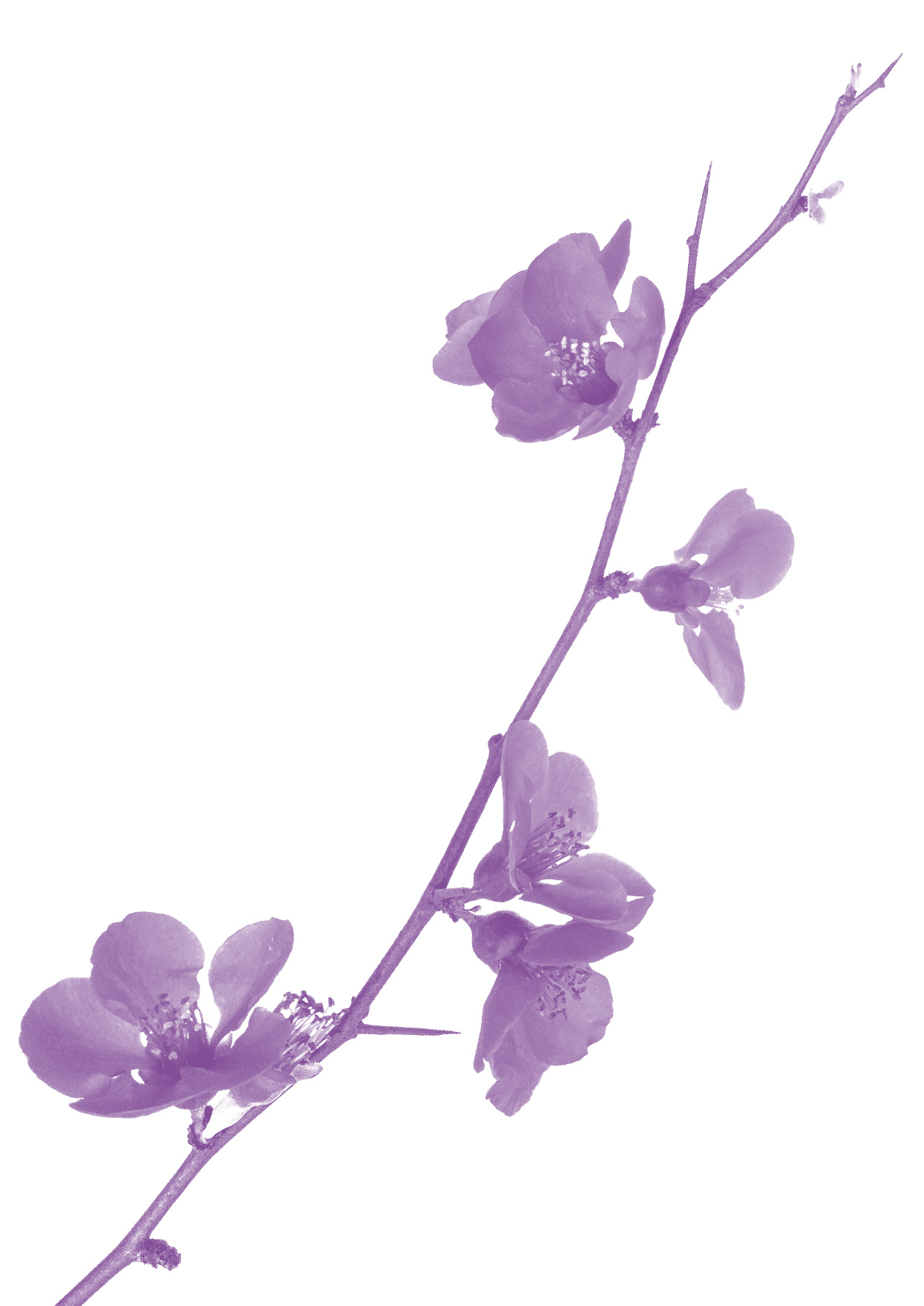Paolo Rodaro, a free spirit and farmer among the hills of Cividale del Friuli (UNESCO World Heritage), not only cultivates vines but also charts new oenological paths, releasing his wines only when freshness meets the promise of complex evolution.
A guardian of time and terroir, vinifying exclusively the grapes from his estate, he infuses each bottle with his relentless pursuit of perfection, fueled by an inexhaustible curiosity and rigorous self-criticism. It's an ode to evolution, a sensory experience nurtured by the love for nature shared with his wife Lara, the keeper of Rodaro's energy and philosophy.

The Rodaro family’s agricultural roots stretch back to at least 1846, under Austro-Hungarian rule in Friuli Venezia Giulia, though their history as farmers surely extends much further. As independent landowners, the Rodaros have always cultivated both arable land and vineyards with dedication, becoming a point of reference for the Cividale del Friuli community. Paolo Rodaro, building upon the vineyard expertise of his uncle Edo and the business sense of his father Luigi, carries forward a family project centered on research and experimentation, placing the winery among the most forward-thinking in the area. The historic family tavern, now a cutting-edge winery, is powered by solar energy, reflecting Paolo’s deep commitment to quality and a sustainable future-a harmonious fusion of tradition and vision.
Lose yourself in a singular panorama, where your eyes can roam freely over the sweeping Friulian plains and the softly rolling hills of the Colli Orientali. Crowning a hilltop in Spessa, and brushed by the gentle murmur of the Bosco Romagno, stands Villa Romano-Rodaro, the family’s ancestral residence. Surrounded by sixty-eight hectares of privately-owned vineyards, the seventeenth- century villa, imbued with a noble past, has been a treasured part of the estate since 2002. Within its ancient walls, composed of a central structure and lateral wings, the ground floor unveils a trove of frescoes—vibrant paintings from a bygone era, miraculously preserved in a stunning array of colors that recount stories interwoven with the sacred and the profane, birthed from the vivid imagination of the painter Jàcun Pitôr, a legacy that continues to captivate.
At the beginning of the twentieth century, naïve artist Giacomo Meneghini (1851-1935), known in Friuli as Jàcun Pitôr and in Slovenia as Jakob Malar, left an enduring legacy by entirely decorating the antechamber to Villa Romano-Rodaro’s small barricaia, then the property of Count Antonio Romano (1904-1975). This self-taught polyglot, whose nephew Giuseppe Cudiz revealed his theatrical roots, began as an itinerant puppeteer before finding his own stage in the squares of Trieste and Koper. Painting, steeped in a fondness for childhood and homespun humor, reinforced his link to the imaginative realm. Of gentle spirit but candid nature, Jàcun Pitôr lived a bohemian existence, exchanging canvases for sustenance and shelter. During his 1911 sojourn at the villa, he transformed a ground floor room with his distinctive blend of the sacred and the profane, crafting an atmosphere that, sheltered by the dim light, maintains its original vibrancy. This unique space, together with the small barricaia, can now be visited by appointment.
